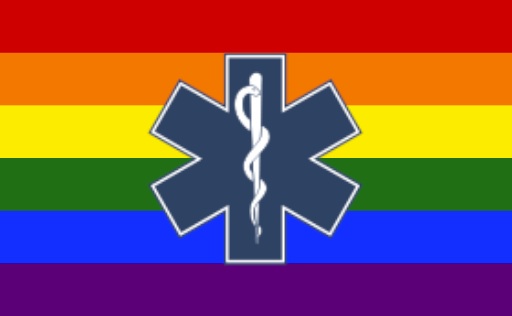Federal and provincial health departments in Canada have updated their clinical responses and approaches to mental health issues in order to more appropriately meet the unique health needs of the LGBTQ community.
Statistics Canada and the Canadian mental health association now routinely include LGBTQ issues in their surveys, such as the negative affects of internal and external experiences of homophobia, and how these experiences correlate with depression, alcohol, smoking and drug abuse. This inclusion is a significant step towards adequately addressing and acknowledging the mental health issues affecting the LGBTQ community, considering that the American Psychiatric Association only removed homosexually from the Diagnostic and Statistical Manual of Mental Disorders in 1980.
Following the completion of the first national health study on LGBTQ peoples in 2005, Statistics Canada acknowledged their lack of understanding of the health issues affecting the LGTBQ community. Using similar studies conducted in the US, it became apparent that American LGBTQ individuals faced more barriers to health services than their heterosexual counterparts. In contrast, the Canadian survey found that queer Canadians were satisfied with the health care they had received.
The most prevalent diseases affecting the LGBTQ community are HIV/AIDS, Hepatitis B, and HPV. Infection rates in the queer community prompted research interest in multiple countries, such as Australia, the UK, Puerto Rico, and New Zealand. All of the surveys conducted found that health care responses in those respective countries lacked preventative measures that could greatly reduce transmission rates. In Canada, the sole national survey indicated a lack of coverage of the three most common STIs affecting the queer community, and doctors in the United States and Canada receive on average less than 5 hours of instruction on LGBTQ health risks.
To address these diseases, the LGBTQ community has taken many preventative measures, such as information pamphlets and websites, detailing types of high-risk activities, preventative recommendations, and the importance of vaccinations. While such efforts are beneficial, and have contributed to the decrease in HIV/AIDS, the CDC reports that HVP and hepatitis B are the two primary health risks for the community. Most people in the LGBTQ community are aware of the risk of HIV/AIDS, but many are not equally as cautious when it comes to protecting themselves against other diseases. A 2007 survey conducted in the UK found that 62% of queer men were not concerned about hepatitis B, and only 50% had been vaccinated against it.
Like hepatitis B, HPV can infect anyone, regardless of gender or sexual orientation. The disease received prominent attention due to its connection to cervical cancer. In 2007, the Canadian government funded a free HPV immunization program for females between the age of 9 and 13. While this program is important, it is problematic that the government chose to only fund immunization for females and that the vaccine is only marketed towards one gender. As a result of herd immunity, most heterosexual and some bisexual men will receive protection. However, some will unlikely receive any protection against the disease, even though it can be contracted by men and the vaccine protects against other types of cancer.
Fortunately, the Ontario provincial government is currently re-assessing its position. Should the province decide to include males in the HPV vaccination program, it would join Prince Edward Island and Alberta. While economic factors have proven to be an obstacle, it is a long-term investment in cancer prevention.
The findings of studies concerning LGBTQ health issues illustrate the importance of education and awareness. Unfortunately, educational approaches are in their infancy, as most provinces only allow the subject to be briefly included in the curriculum, and only for select age groups. In Ontario for example, LGBTQ terms are not incorporated into sexual education presentations, and are only mentioned in a glossary provided to teachers. Due to pressure from political and religious groups, proposals to broaden Ontario’s sexual education program have been repeatedly defeated. While former liberal Premier Dalton McGunity failed to introduce a sexual education program, which better reflected modern social realities, Kathleen Wynne has promised to reintroduce the proposal later in her term.





